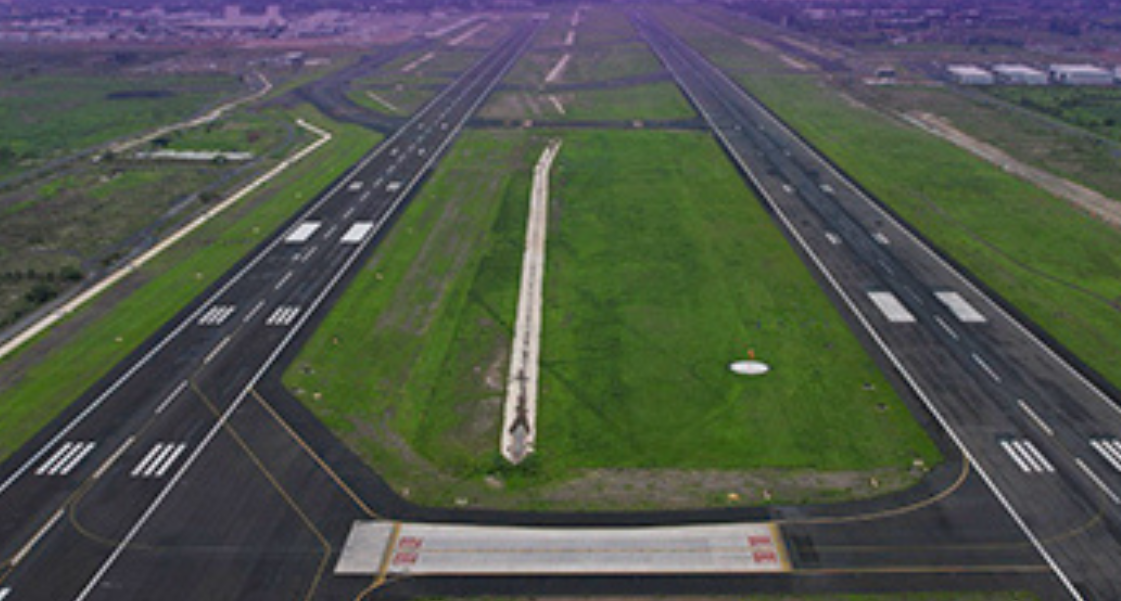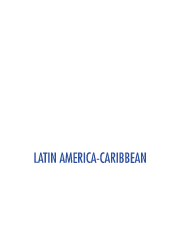Medios
INICIO
MEDIOS

The Guadalajara International Airport puts into operation its second runway, with the first official inaugural flight. This runway is 3,538 meters long and 45 meters wide, and is considered a segregated runway, meaning that operations will be separated between the two runways, one for arrivals and the other for departures. This makes Guadalajara's air terminal the fourth airport in the country to have a second runway.
This construction is part of the investment projects of Grupo Aeroportuario del Pacífico (GAP) during the five-year period 2020-2024, which reached .9 billion pesos in this airport. “The inauguration of the second runway at Guadalajara Airport marks a significant milestone not only for our infrastructure, but also for the economic growth and global connectivity of Jalisco. It will allow us to offer greater efficiency and flexibility in our operations, positioning us as a key node in global aviation. This development reflects our commitment to
to provide world-class services to passengers visiting Guadalajara, and to support regional and national development with the important connectivity of this air terminal, which will be increasing even more soon”. Raul Revuelta Musalem, CEO of Grupo Aeroportuario del Pacífico, commented.
In addition to the second runway, Terminal 1 was modernized, including the façade, a pedestrian bridge, and an exterior covered walkway and roadways, intervening approximately 26,400 m2.
Also, in General Aviation, a new 126,090 m2 apron, 83 aircraft positions, four for helicopters, 45 hangars and new facilities for Government Authorities were built.
In addition, the Mixed Use Building was inaugurated, which includes a Hilton Garden Inn Hotel with 180 rooms already in operation, two office buildings, a two-level shopping plaza, a bus parking lot, and an 11,704 m2 expansion of the current terminal building and the rehabilitation of 1,188 m2 of the same.
With respect to parking, 4,000 parking spaces will be made available to passengers, a 90% increase over the previous capacity, and a future capacity of more than 10,000 parking spaces is projected.
Guadalajara Airport is currently the third most important airport in Mexico. It has an average of 1,079 weekly departure frequencies, operates 10 airlines that connect with 60 destinations, and in 2023 received almost 18 million passengers.
Grupo Aeroportuario del Pacifico, S.A.B. de C.V. (GAP) is a Mexican company that operates in the airport sector. GAP operates 12 international airports in Mexico and 2 in Jamaica, serving more than 350 destinations through 37 airlines. Its shares are traded on the Mexican and New York stock exchanges.
In 2023, GAP served 63.4 million passengers, the highest number of passengers served in its history.
The airports it manages are located in:
-Guadalajara and Tijuana, serving major metropolitan areas.
-Mexicali, Hermosillo, Los Mochis, Aguascalientes, Guanajuato and Morelia, serving medium-sized developing cities.
-La Paz, Los Cabos, Manzanillo and Puerto Vallarta, connecting Mexico's major tourist destinations.
-Kingston and Montego Bay, expanding the business and tourism reach of Jamaica, an important Caribbean country.
The airports managed by GAP in Mexico are owned by the Mexican government and were granted a 50-year concession in 1998 as part of a national initiative to privatize and improve the quality and safety of the country's airport services.
In Jamaica, Montego Bay airport is owned by the government and the concession granted to operate it is for a period of 30 years, which will end in April 2033; Kingston airport was granted in concession for 25 years, GAP took control of its operation and management in October 2019.
Grupo Aeroportuario del Pacífico believes in the value of each individual and seeks to detonate their potential through education. Better prepared Mexicans will improve their quality of life and contribute to the country's development. GAP, in line with its business model and through its Foundation, is committed to being a factor for change. We work on two strategic pillars: working with the community through GAP Schools and training the airport community through Community Training Centers.
The Voice of LATIN AMERICA & CARIBBEAN AIRPORTS


